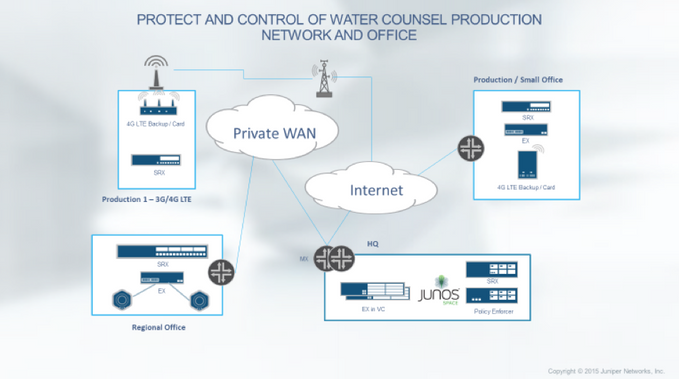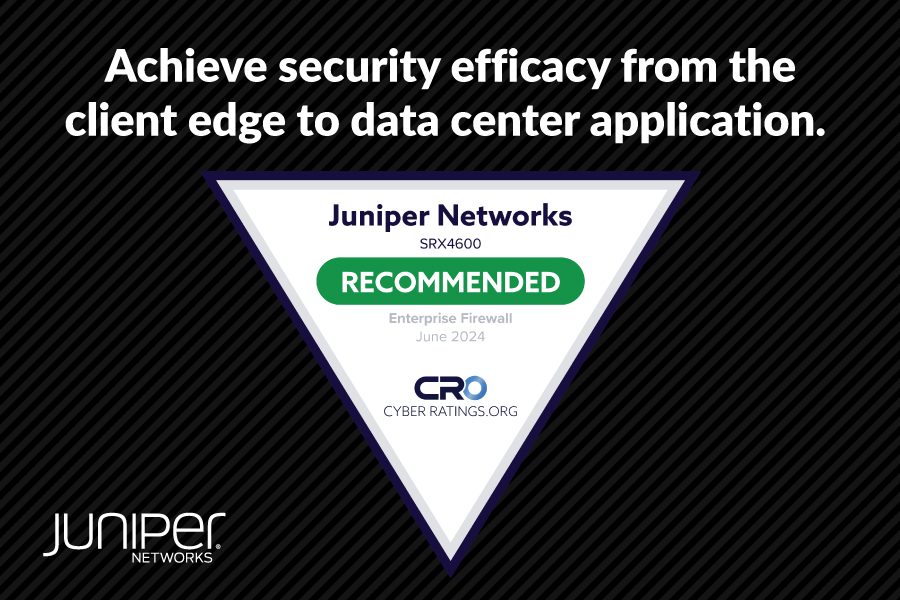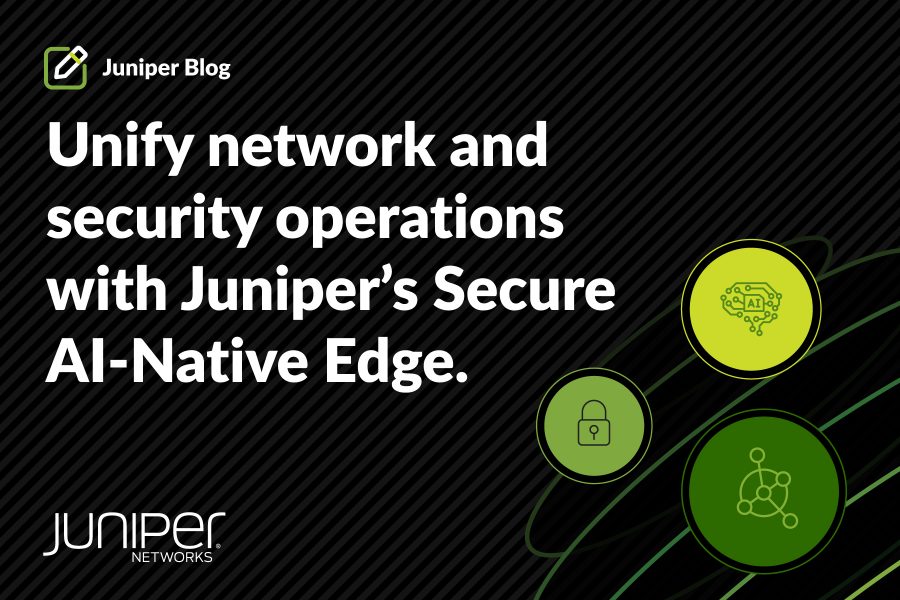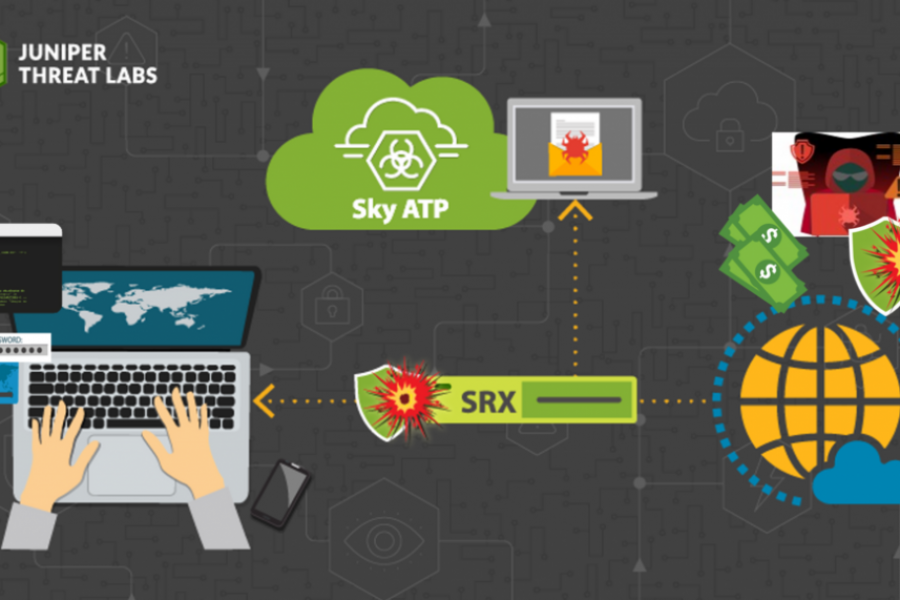There are 21 water counsels in the Netherlands that collectively have the job of protecting the 25 percent of the country (four million people) that are somewhere between 10 meters below and one meter above sea level. These regional water authorities are among the oldest forms of local government. They provide clean drinking water, manage every aspect of water provision and control within the region and are considered Category A Critical Infrastructure by the Dutch Ministry of Justice and Security.
Time and tide wait for no one
Between tides, currents and the weather, water levels are constantly fluctuating and need to be monitored every hour of every day without fail or delay. To this end, water counsels are heavily reliant on their critical production infrastructure and cannot make exceptions to uptime and security. At Juniper, we are proud to have recently been selected to help deliver on that promise by one of the largest water counsels.
Their choice to use Juniper reflects their belief that we can ensure their network stays up, regardless of any issues from within or outside of the network. By using a combination of Juniper SRX Series Services Gateways along with 4G backup connectivity, we can provide carrier-grade performance and uptime across more than 400 locations.
With the introduction of new and improved sensors through IoT, the production and management of water shifts from batch to real-time process optimization – the central management and monitoring of this strong, distributed network is absolutely crucial.
Resilience and reliability from all angles
But that’s only half the story. Whether it’s targeted agnostic malware like WannaCry or highly targeted infrastructure attacks, we’ve seen a growing number of critical systems fall victim to malicious software in recent years. By implementing our Sky ATP and unified cybersecurity platform solutions, we also help protect and secure the customer’s network.

This combination of network reliability and protection can help ensure the safety of those living below sea level. Furthermore, this approach can be easily replicated across all other Category A and B critical infrastructures. This solution serves as an ideal proof of concept for many industry and organization verticals that have similar high demands and standards for uptime, security and performance.


